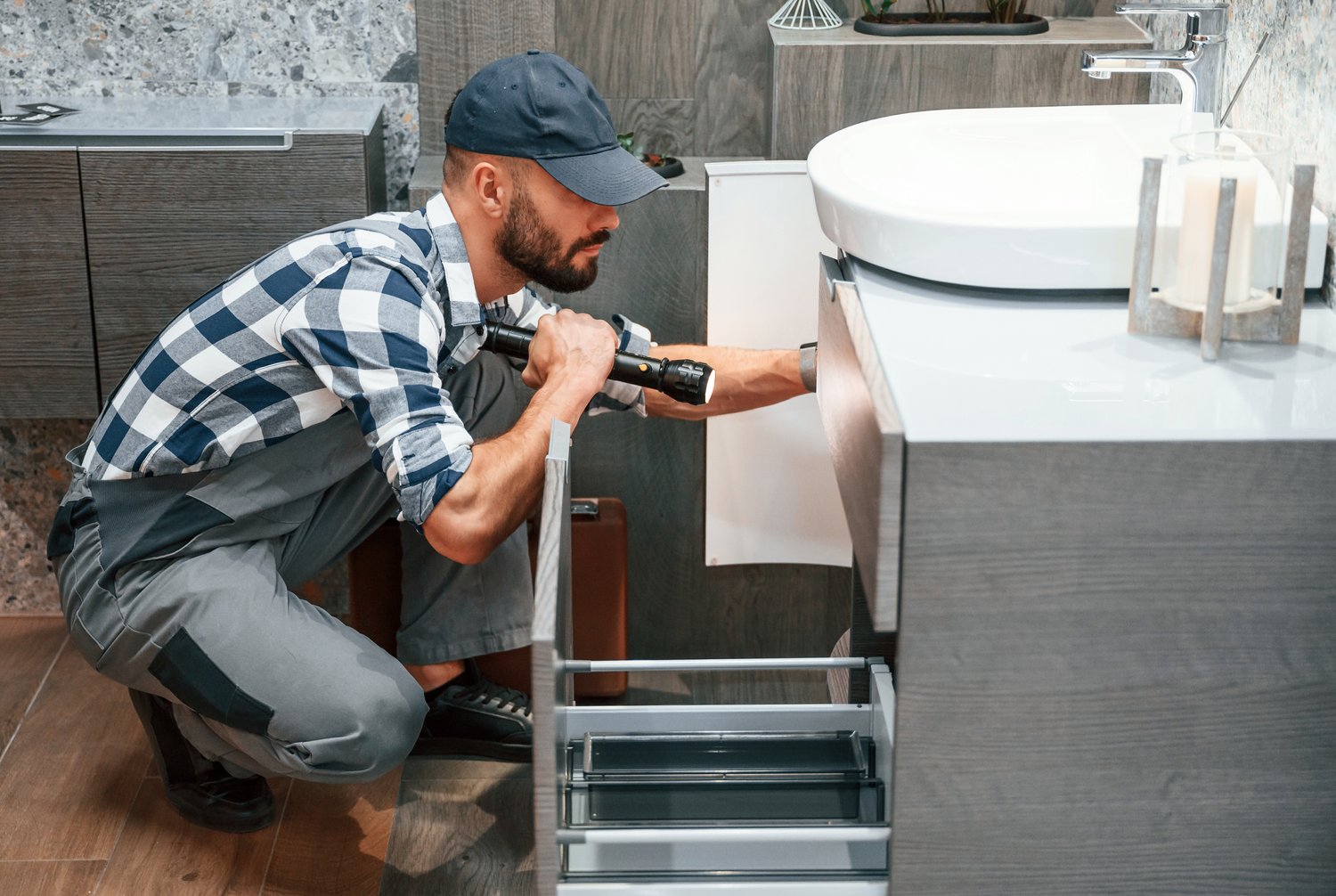Selecting the right window material for your home can significantly impact aesthetics, energy efficiency, and long-term costs. The three most popular window frame materials—vinyl, wood, and fiberglass—each offer distinct advantages and disadvantages. This article compares these materials across several key factors, including initial cost, durability, maintenance requirements, and energy efficiency, to help you determine the best replacement window material for your specific needs. Whether you’re building a new home or replacing existing windows, understanding the differences between vinyl vs wood windows and fiberglass vs vinyl windows will help you make an informed decision.
Understanding Window Frame Materials
Window frames serve as more than just holders for glass; they contribute to your home’s insulation, structural integrity, and overall appearance. Vinyl windows, made from polyvinyl chloride (PVC), have become increasingly popular due to their affordability and low maintenance. Wood windows offer timeless appeal and excellent insulation but require more upkeep. Fiberglass windows, a newer option in the market, provide superior strength and dimensional stability. Each material presents a unique set of characteristics that homeowners should consider before making a final selection. According to home improvement experts at AskHomey, the right window choice depends on your climate, budget, and aesthetic preferences.
Cost Comparison
When comparing vinyl vs wood windows from a cost perspective, vinyl typically emerges as the most budget-friendly option. Vinyl windows generally cost 30-40% less than comparable wood windows, making them attractive for homeowners with limited budgets. Wood windows represent the premium end of the market, with their higher price reflecting their traditional appeal and natural beauty. Fiberglass windows fall between these two options in terms of cost. While more expensive than vinyl, fiberglass windows offer additional benefits that many homeowners find worth the investment. It’s important to consider not just the initial purchase price but also long-term maintenance costs and potential energy savings when evaluating the actual cost of your window investment.
Durability and Longevity
The durability of your window frames directly affects their lifespan and long-term value. In the fiberglass vs vinyl windows debate, fiberglass typically outperforms in terms of structural integrity. Fiberglass windows can last 50+ years with minimal deterioration, resisting warping, swelling, and rotting even in extreme weather conditions. Vinyl windows offer good durability with a lifespan of 20-40 years, though they may experience some expansion and contraction with temperature fluctuations. Wood windows, while beautiful, require the most maintenance to achieve their potential 30+ year lifespan. Wood can rot, warp, or become susceptible to insect damage without proper care. For coastal or harsh climate regions, the superior weather resistance of fiberglass may make it the best replacement window material despite its higher initial cost.
Maintenance Requirements
Maintenance needs vary significantly across these three window materials. Vinyl windows require minimal upkeep—typically just occasional cleaning with soap and water. They never need painting or staining, making them ideal for homeowners seeking low-maintenance options. Wood windows demand the most attention, requiring regular inspection, repainting or restaining every 3-5 years, and potential repairs to prevent moisture damage. Fiberglass windows offer a middle ground, needing little maintenance while providing the option to repaint if desired. The painted surface on fiberglass windows typically lasts much longer than paint on wood, requiring refreshing less frequently. For busy homeowners or rental property owners, the minimal maintenance requirements of vinyl or fiberglass often outweigh the natural beauty of wood.
Energy Efficiency
Energy performance is increasingly important as homeowners seek to reduce utility bills and environmental impact. Wood naturally provides excellent insulation, with R-values (a measure of thermal resistance) typically higher than vinyl. However, fiberglass windows often deliver the best overall energy efficiency. Their material composition resists expansion and contraction, maintaining tight seals in varying temperatures. Vinyl windows offer good insulation value at a lower price point, especially when designed with multiple chambers within the frame. All three materials can accommodate double or triple glazing and low-E glass to further energy performance. The best replacement window material from an energy perspective depends on your local climate and the specific window design rather than the material alone.
Aesthetic Considerations
The visual appeal of your windows contributes significantly to your home’s character. Wood windows offer unmatched natural beauty and warmth that many homeowners, especially those with historic homes, find irreplaceable. Vinyl windows come in various colors but cannot be painted effectively, and may have thicker frames that reduce the glass area. Fiberglass windows provide a happy medium—they can be painted any color, feature thinner frames than vinyl, and can closely mimic the appearance of painted wood. From an aesthetic standpoint of vinyl vs. wood windows, wood clearly wins for traditional appeal, while fiberglass offers versatility. Your home’s architectural style should influence your selection, as certain materials complement specific home designs better than others.
Making Your Final Decision
Choosing between vinyl, wood, and fiberglass windows ultimately depends on balancing your priorities regarding cost, maintenance, durability, energy efficiency, and aesthetics. For budget-conscious homeowners seeking low maintenance, vinyl provides excellent value. Those prioritizing traditional beauty and willing to perform regular maintenance might prefer wood. Homeowners looking for the best overall long-term performance often find fiberglass worth the high initial investment. Consider your local climate, your home’s architectural style, and how long you plan to stay in your home when making this critical decision. The best replacement window material for your situation will align with both your immediate needs and long-term goals for your property.
For more tips and to connect with reliable home service professionals, follow AskHomey on Facebook and Instagram.



